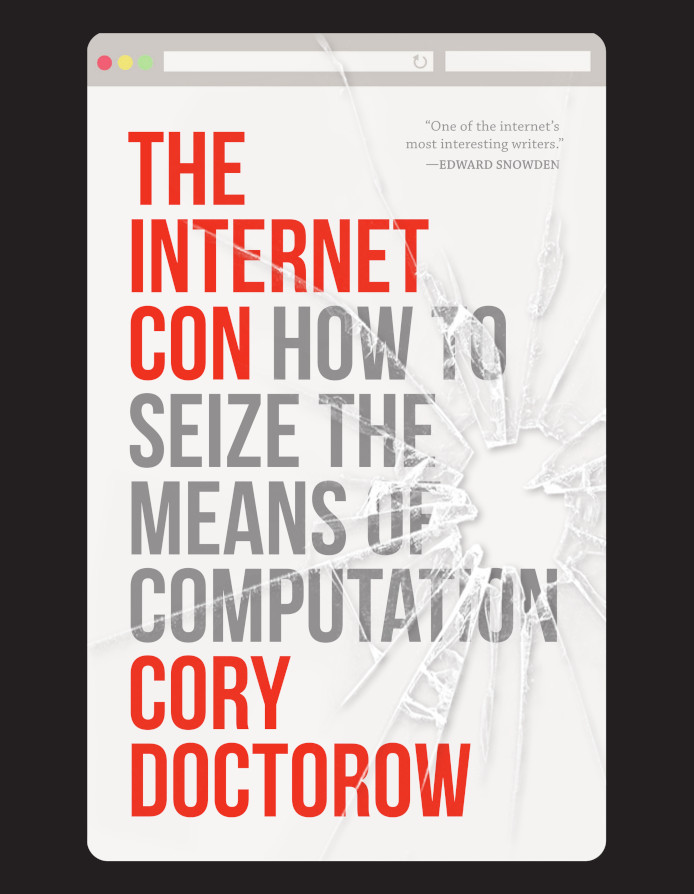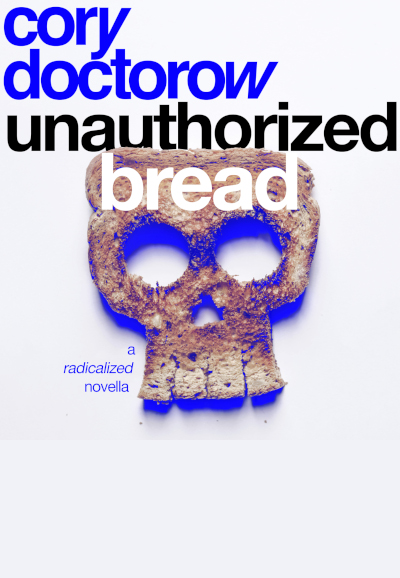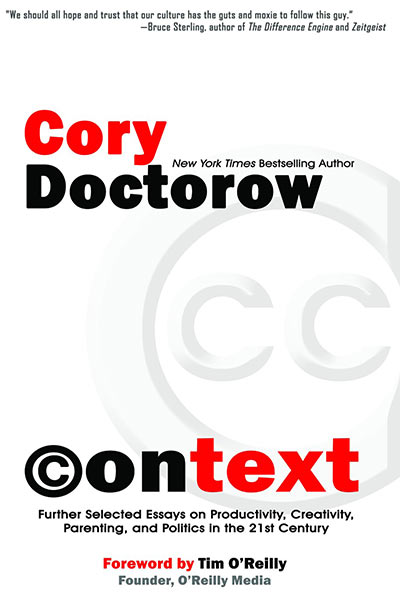
This week on my podcast, I read “By all means, tread on those people,” a recent column from my Pluralistic newsletter; about the way that the American descent in fascism is connected to its abandonment of the rule of law more broadly:
Just as Martin Niemöller’s “First They Came” has become our framework for understanding the rise of fascism in Nazi Germany, so, too is Wilhoit’s Law the best way to understand America’s decline into fascism:
In case you’re not familiar with Frank Wilhoit’s amazing law, here it is:
Conservatism consists of exactly one proposition, to wit: There must be in-groups whom the law protects but does not bind, alongside out-groups whom the law binds but does not protect.
The thing that makes Wilhoit’s Law so apt to this moment – and to our understanding of the recent history that produced this moment – is how it connects the petty with the terrifying, the trivial with the radical, the micro with the macro. It’s a way to join the dots between fascists’ business dealings, their interpersonal relationships, and their political views. It describes a continuum that ranges from minor commercial grifts to martial law, and shows how tolerance for the former creates the conditions for the latter.




























